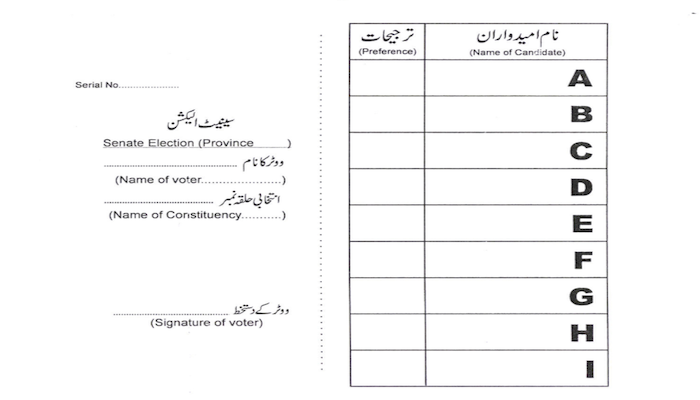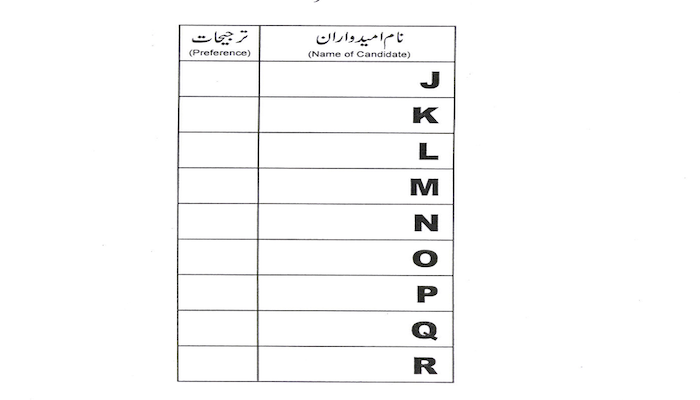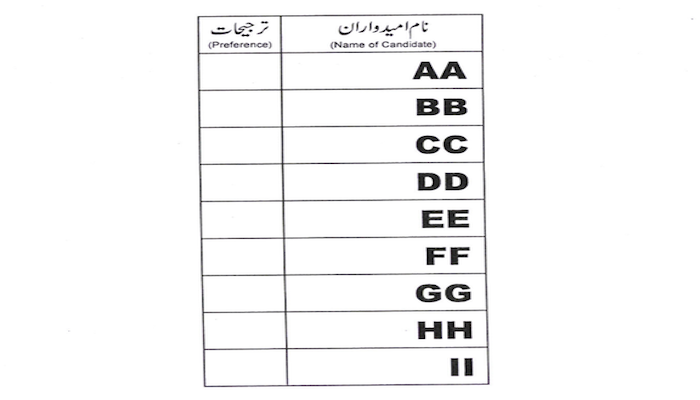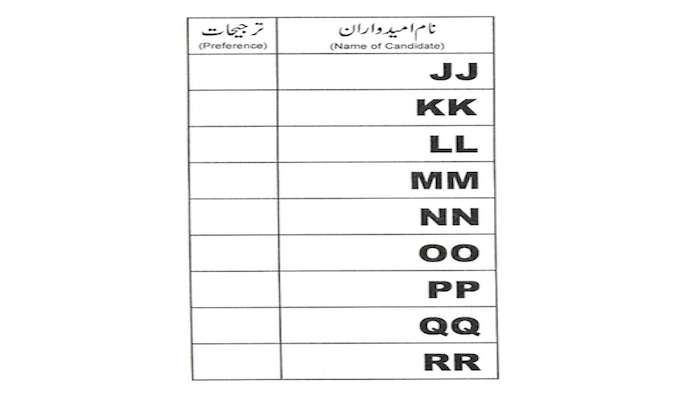Race to the Senate: Find out how the winner is decided
Senate elections are scheduled for March 3 in Pakistan
February 24, 2021

- Geo News gives an explainer on how the voting process works for the Senate elections
- Senate polls will be held in Pakistan on March 3
- Voting in the upper house of parliament can be complicated and only involves our elected representatives
Senate elections are a complicated affair.
A key difference between Senate elections and general elections is that the general public has no say in the Senate elections. Instead, MNAs and MPAs exercise the vote on behalf of the people who have chosen them for representation in their respective assemblies.
Another key difference is that while Pakistan’s general elections, held every five years, use the first-past-the-post system to elect lawmakers, the Senate, the upper house of the government, follows the “proportional representation” system to name Senators.
The proportional system uses something called a single transferrable vote (STV) to elect senators to all four categories seats of the Senate: general, women, technocrat/ulema and non-Muslim.
All provinces have equal representation, and elections for the Senate are held in each of the provincial assemblies as well as the National Assembly.
What is the single transferable vote?
The STV was first used in Pakistan in 1973.
Under the system, each voter gets to cast only one vote per seat category (like in the general elections), but this vote is different in that it can be transferred to more than one candidate in order of preference from a list of candidates provided by the voter.
Simply put, the voters rank each candidate they want their vote to go to by writing 1,2 and 3 against the names of each candidate on the ballot paper.
Read more: The mathematics of the Senate elections
Unlike the first-past-the-post system, where a candidate wins if they bag the most number of votes, the proportional system is different.
A candidate does not simply win because they attain the most number of votes; instead, they only need to secure a certain 'quota' of votes to become a Senator.
This system ensures that none of the votes are wasted. If the first preference candidate identified by the voter gets enough votes to match the quota, the surplus votes are transferred to second preference candidates. This process continues till all seats in the Senate are filled.
How many lawmakers will take part in the Senate polls?
There are a total of 342 lawmakers in the National Assembly and 728 in the provincial assemblies combined, as per the ECP. All of them are entitled to vote in the upcoming Senate elections.
What does the ballot paper look like?
The ballot paper is a small booklet. On the first page, the names of the contesting candidates for the Senate’s general seats appear in alphabetical order, under the heading “General Seat”.
On the next page, the names for the “Special Seat for Women” are listed. Then comes the list for the “Special Seat for Ulema/Technocrats” and finally the “Special Seat for non-Muslims.”
For the purpose of distinction, each section is printed on a different coloured page.
Senate election 2021: Meet the PTI candidates
As shown in the ballot paper below, the voter must rank each candidate in order of preference. Therefore, they will mark “1” against their first preference, “2” against the second preference and so on.
Votes are transferred from one candidate to another until the required number of candidates secure the quota necessary to get elected.




How is the ballot paper kept secret?
On polling day, the lawmaker, therefore the voter, marks their ballot paper in a screened-off compartment in their respective assemblies.
Once marked, they then fold the booklet, come out of the compartment and put it inside the ballot box. Voters are, in principle, not allowed to disclose who they voted for.
Because of the complexity of the vote transferring process, it is also not easy to figure out who voted for whom just by tallying the number of votes each successful senator received.









